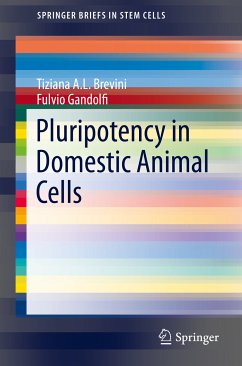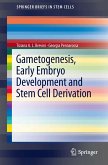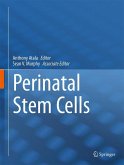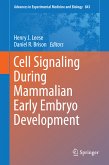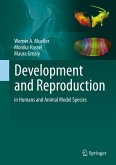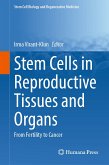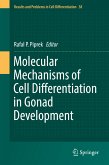This addition to the Springer Brief in Stem Cells series focuses on aspects related to the specific mechanisms that ensure and control pluripotency and cell commitment in domestic animal species. This topic is generating rapidly-increasing interest due to the great potential for domestic animal species to be used as intermediate biomedical models, between the mouse and the human. The Brief addresses why we need large animal models for regenerative medicine. It also describes early embryo development with a careful and specific analysis of the regulatory mechanisms driving cleavage, polarization and genome activation in domestic species. How pluripotency is compartmentalized in domestic species as well as the different aspects that make the derivation of stem cells in domestic species very difficult are also addressed.
Dieser Download kann aus rechtlichen Gründen nur mit Rechnungsadresse in A, B, BG, CY, CZ, D, DK, EW, E, FIN, F, GR, HR, H, IRL, I, LT, L, LR, M, NL, PL, P, R, S, SLO, SK ausgeliefert werden.

